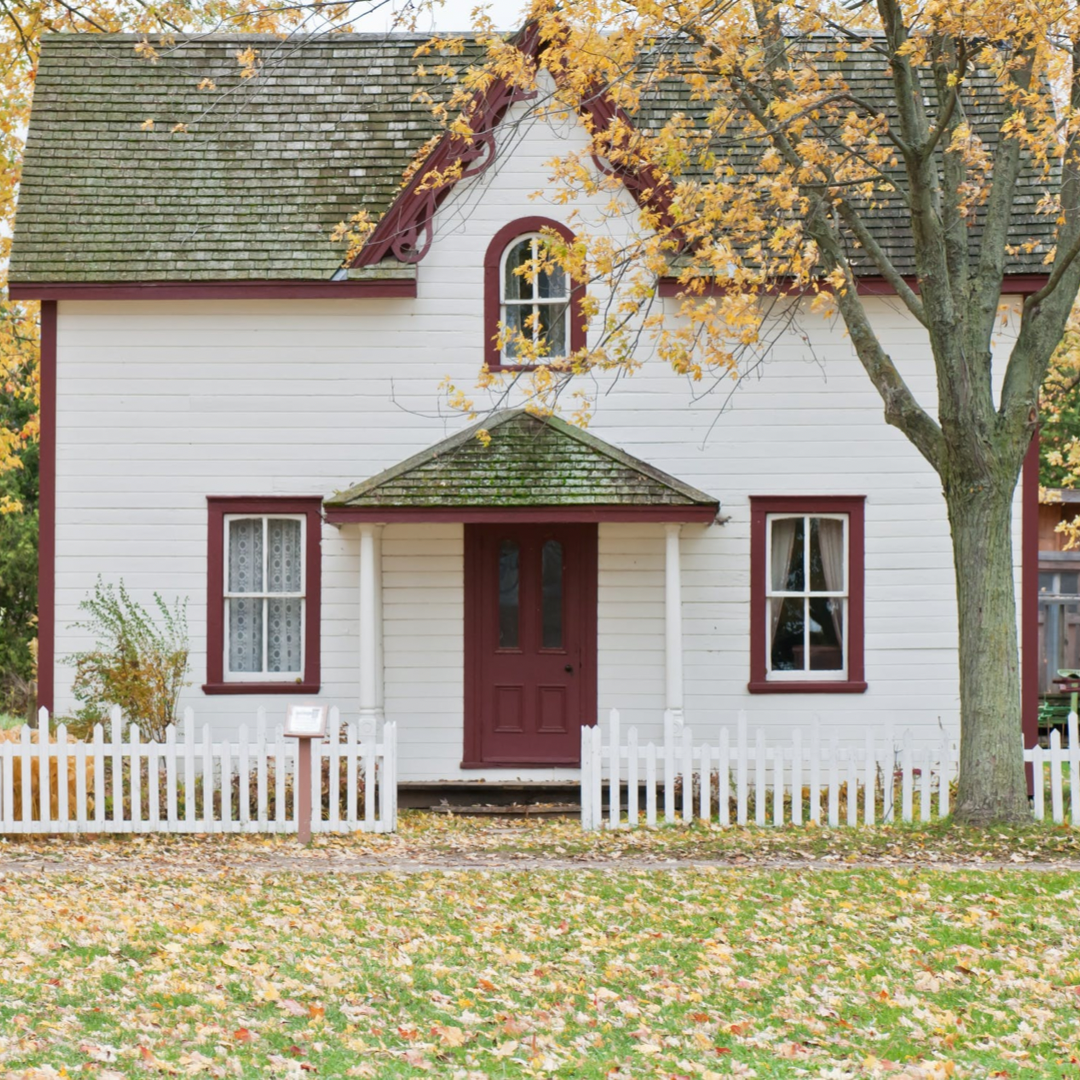
Putting together a proper household budget doesn’t have to be hard; after all, you’ve got plenty of experience with your current finances, and just adding them all up and taking away the necessary parts will help you to cope with them much better. However, this can be a very confusing concept for a lot of people, and even when you go through the motions and make sure you’ve got a budget to work with, there’s no guarantee you’ll actually stick to it.
And that’s something we want to change, isn’t it? Because when you don’t have a household budget, or you ignore the one you made quite a while ago, it’s much harder to control what’s going on in your financial world. It’s easier to plunge into debt or to max out credit cards you probably shouldn’t have in the process. And financial wellness is something we need to focus more and more on in the modern world, seeing as things just keep getting more expensive!
So, with all that in mind, here are a few steps you’ll want to go through to create that household budget you know you need, and more importantly, how to actually stick to it.
Work Out Your Income First
Before you can take anything away, you need to work out what there is to take away from, and truth be told, it’s always best to start with the easy part of the process!
Sure, you might think you already know what’s going into your bank account, but if you’re someone who runs their own business, or works flexible hours, it can be hard to get a stable baseline of your monthly income. And that means you need to come up with an average – something you’re most likely to get, no matter how much or little you’ve worked, and then use that in the creation of your household budget.
Not to mention that your income can be from a variety of sources. Most of it is going to come from your job, of course, but if you receive benefits, or you have a side hustle, or maybe someone else gives you money as a part of an agreement (such as a tenancy or even a custody arrangement), these all need to factor in as well. They’re not something you just receive on the side, as they could very well make up the bulk of your monthly income, especially after all expenses are paid off.
Work Out What Expenses You’re Dealing With
Then it’s time to figure out your expenses – make sure you’ve got a drink with you, as this could take some time! Most of all, make sure you don’t leave out simple ‘potential’ expenses, as these need to be factored in, just in case you do need to fork out for them – without wiggle room in the budget, you won’t be able to.
Aside from this, working out your expenses can be quite straightforward. You simply need to know what’s going out each and every month, in terms of both fixed and variable expenses. For example, a fixed expense would be a gas bill from Tri Gas & Oil, with payments being taken every month for keeping your house warm and cozy. On the other hand, something like your weekly grocery shop is a variable, as while it’s something you have to spend on, the amount can vary. Put down the max amount it could be, or the max amount it has been in the past.
Make sure you don’t forget expenses such as your phone bill, or your child’s after-school club costs, as these can be easily left off the plan and will mean you have to come back and revise it all later.
Work Out the Gaps in the Household Budget Plan
Now that you know your average monthly income, and your average monthly expense, you know what you have leftover. Sometimes known as ‘net income’, and to others as ‘disposable income’, this is the money you can use to put towards any financial issues or goals you have, such as credit card debt or a savings fund.
However, before you assign this money, make sure that it’s a good number. Anything that’s positive is good, as it shows you’re living within your means, and have the chance to grow in financial wellness from here. On the other hand, if this is a negative number, it’s a clear sign that something needs to change. Maybe you need to cut back in one area, maybe your calculations are wrong – add it all up again, and then think about what you could do to make a positive change here.
Take Some Preventative Steps
You want to stick to this budget, now that you’ve created one that takes your entire financial picture into account, and that means you need to do a bit of legwork from here on out. Mostly, you’re going to need to track your spending and hold onto all receipts and proof of purchase whenever you fork out for something. Make sure you know where you may be going overboard, and where you have the wiggle room to cut back and get a much clearer picture of your finances overall.
You can also think about dividing your income stream up even further and think about properly diversifying what actually goes into your pocket. Indeed, once you have a budget to make use of, it’s much easier to work out the income opportunities on your plate. If you’re someone who’s been keen to start their own business for a while now, for example, a budget shows you where the gaps in your income are, and how much time and/or money you need to soothe this gap over.
Creating a proper household budget isn’t a one-time thing – go back to it annually, and see if things have changed, and what you can do differently next year. Make note of the steps above, and stay aware of your household’s financial wellness.




Leave a Reply